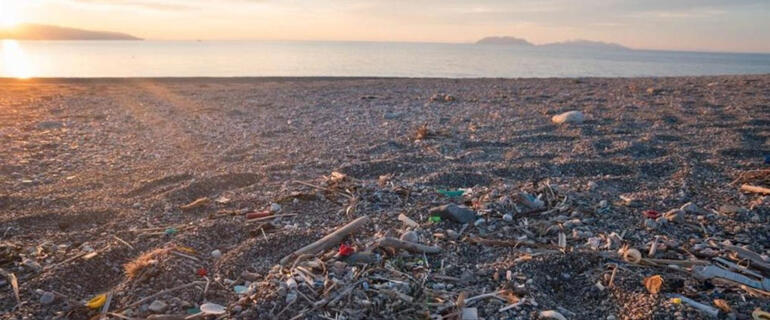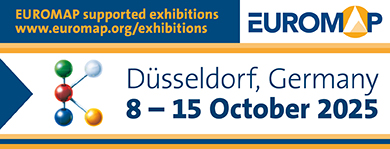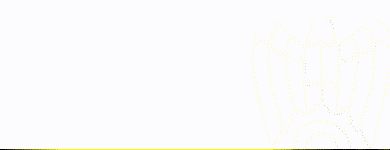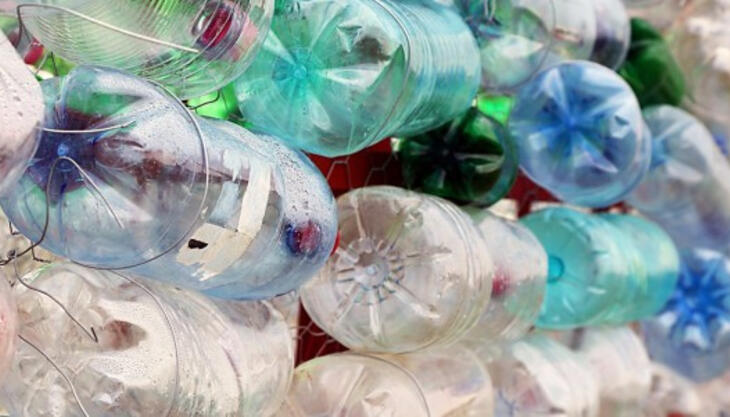Macro litter decreases along European coasts

Marine litter in Europe is decreasing. This is the conclusion of the study “European Coastline Macro Litter Trends 2015-2021”, published by the European Commission, which looks at trends in macro litter (i.e. litter larger than 2.5 cm) along the coastline of the Old Continent between 2015 and 2021.
The results show that a -29% trend in coastline macro litter total abundance has been achieved at the EU level, that is, in 2020–2021, there was about one-third less litter on EU coastlines than in 2015–2016, based on data from 253 selected monitored beaches after data preparation and treatment.

Single-use plastic was found to have a decreased by 40% between 2015–2016 and 2020–2021, fisheries-related items decreased by 20% and plastic bags reduced by 20%.
This trend is the result of the Marine Strategy Framework Directive (MSFD), that requires that Good Environmental Status (GES) be achieved for the European marine environment, including in respect of marine litter. Based on a commonly agreed methodology, through guidance on the monitoring of marine litter since 2013, EU member States have been providing data on macro litter abundances on selected EU beaches to the European Marine Observation and Data Network (EMODnet).
Nevertheless, despite the encouraging trends showing the positive impacts of mitigation measures through EU legislation, regional and national efforts, and efforts by the public, the abundance of litter in many European areas remains high and demands the implementation of additional effective measures.



















